Last updated on April 1st, 2025 at 10:12 pm
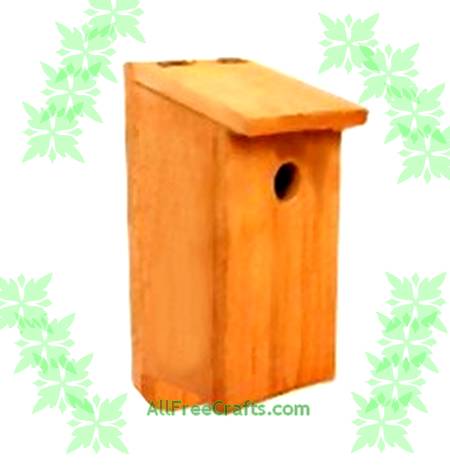
How to Make a Woodpecker Bird House

By Jane Lake
This free woodworking plan will help you make a wooden nesting box suitable for a woodpecker family, similar to the bird house shown above.
Although the schematic plan was originally published in 1916, in the book, Bird Houses Boys Can Build, by Albert F. Siepert, the nesting requirements for these engaging birds hasn’t changed very much in nearly 100 years.
For general directions and sound advice, check out Build the Right Bird House, which includes a chart showing recommended dimensions for a variety of nesting boxes.
You can follow the basic plan outlined here, but attract different species of woodpeckers, or flickers, by adjusting the measurements of the bird house floor, the size of the entrance hole, and the size of the nesting cavity.
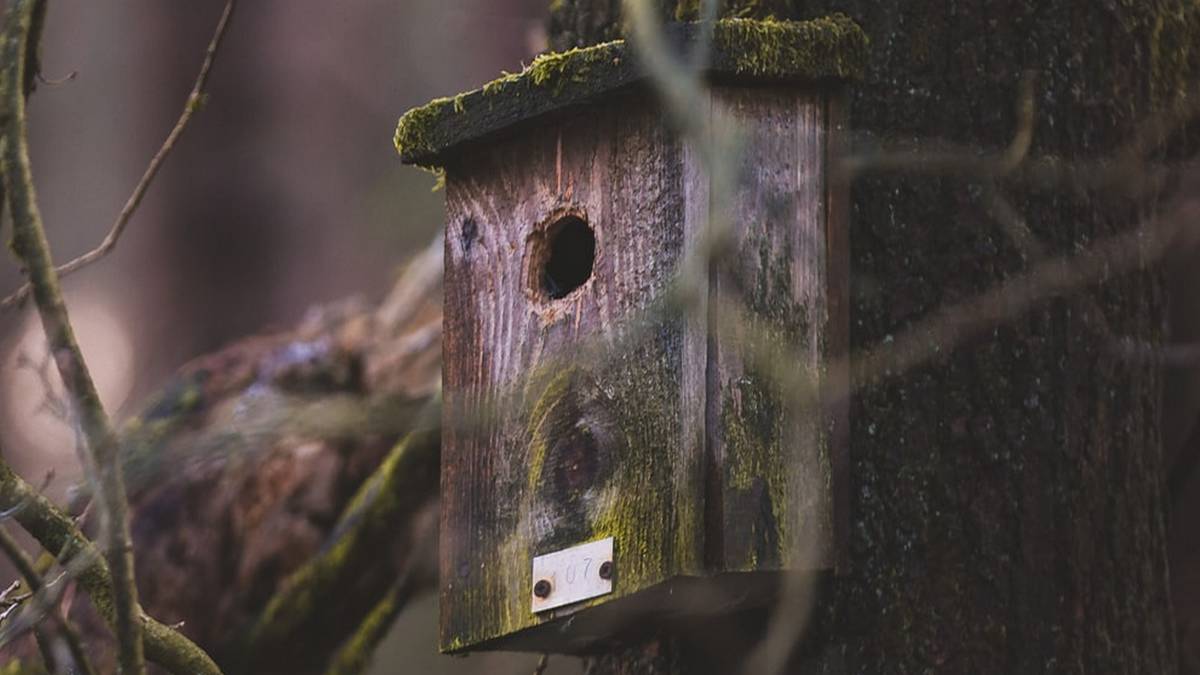
Woodpecker Bird House – Supplies
- scraps of 1/2″ wood, cut according to the Woodpecker Bird House Plan
- drill, and hole saw of the desired entrance hole dimension (1-1/2″ for a Downy Woodpecker house)
- two small hinges for lid
- hammer and nails, or wood screws and screwdriver
- hand saw
Woodpecker Nest Box Instructions:
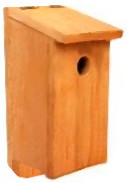
1. Cut 1/2 inch thick wood according to the Woodpecker Bird House Plan (or follow the dimensions suggested by the chart on Build the Right Bird House, to attract other species.)
2. Assemble wood pieces as indicated on the diagram. First, nail or screw the right side to the back panel, then fasten the floor to the right side and the back.
3. Continue construction by fastening the left side to the floor and the back.
4. Drill the entrance hole in the desired position on the front panel. Fasten the front panel to the sides and the floor.
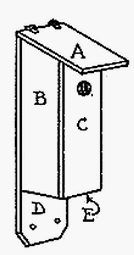
5. Screw small hinges to the top back of the roof piece. Place the roof piece in position on top of the sides and butting against the back panel. Screw the other half of the hinges in this position to the back panel.
6. A nesting box for a Downy Woodpecker should be mounted from six to twenty feet above the ground; for a Hairy Woodpecker, twelve to twenty feet high.
A flicker nesting box, which is larger all round, with a base about seven inches square and an entrance hole of 2-1/2″, can be placed from six to 22 feet high.
Cautions:
– Children, of course, should always be supervised when using woodworking tools.
– Wear safety goggles when working.
– Follow appropriate safety rules for all woodworking projects.
More About Woodpeckers
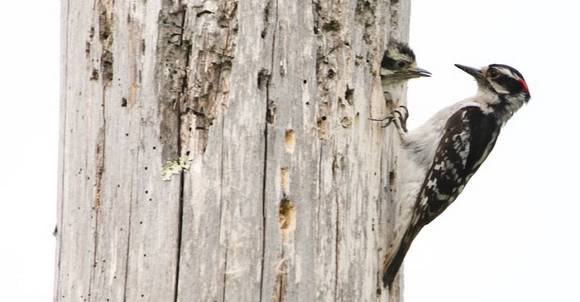
Woodpeckers love to eat insects, berries, nuts, and seeds gathered from trees, shrubs and bird feeders. They are also attracted to suet set out in wire suet feeders (Amazon link), which are available in lots of shapes and sizes.
See How to Make a Suet Feeder for plans to craft your own from 1/2 inch pieces of wood and 1/4 inch wire mesh.
Old or dead trees are a favored nesting place for woodpeckers. They often reuse old holes or cavities but will also excavate their own nest during breeding season, usually in late spring.
If you hear a woodpecker drumming against a tree or pole, he (or she) may be calling for a mate or establishing territorial boundaries.
Woodpeckers common to North America include the Downy Woodpecker which is smaller than, but often mistaken for, a Hairy Woodpecker. See Audubon’s article on How to Tell the Difference between a Hairy Woodpecker and a Downy Woodpecker for more details.
The Pileated Woodpecker is the largest North American species and is said to have inspired Disney’s Woody Woodpecker with his bright red crest and high-pitched laugh.
If you see a spotted woodpecker on the ground, chances are it’s a Northern Flicker, busy searching for ants.
Rounding out the woodpecker family are the Yellow-Bellied Sapsucker which breeds in Canada and the northeastern United States, and the Red-Bellied Woodpecker which is more commonly identified by its bright red head than its belly.
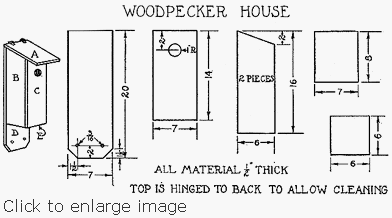
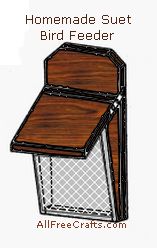
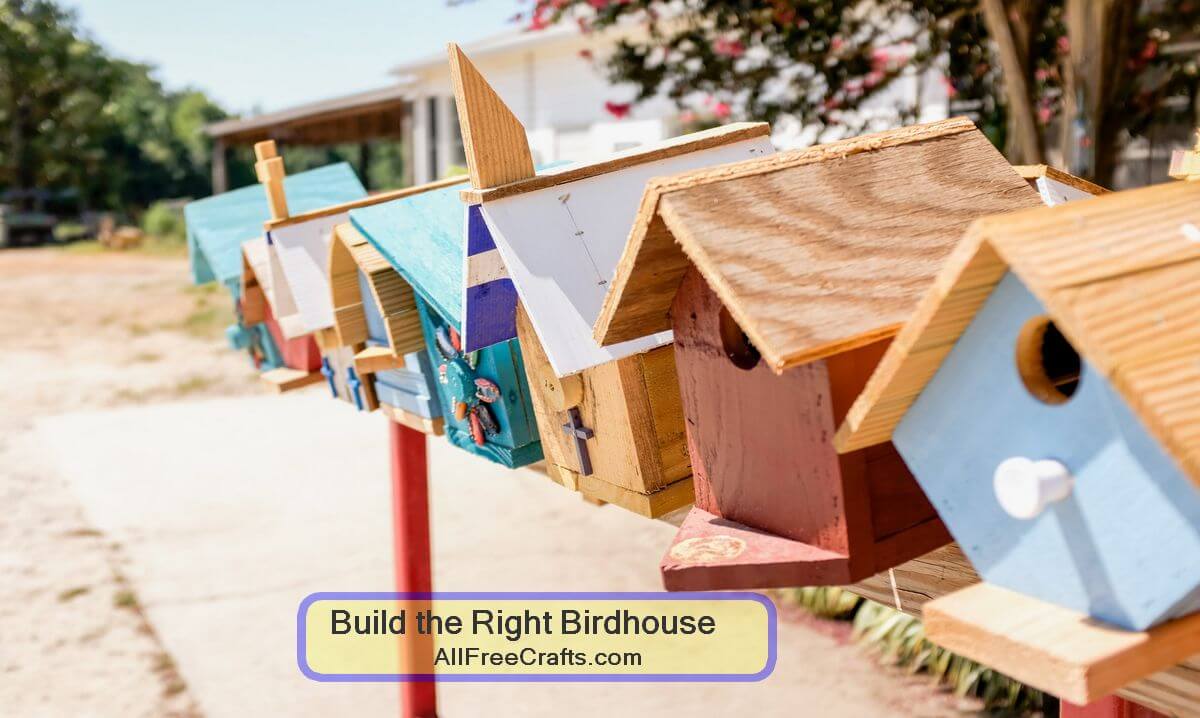
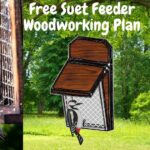
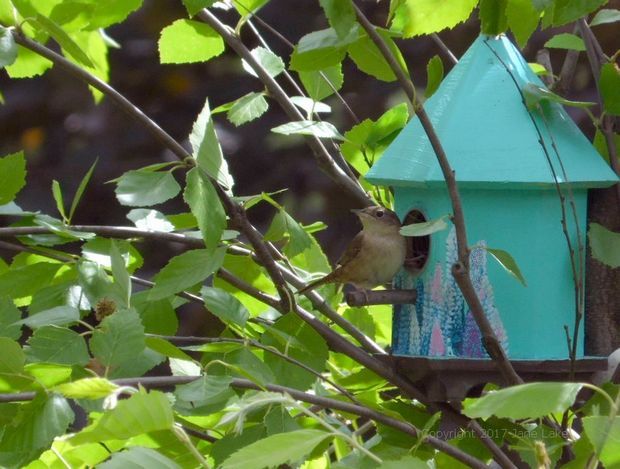

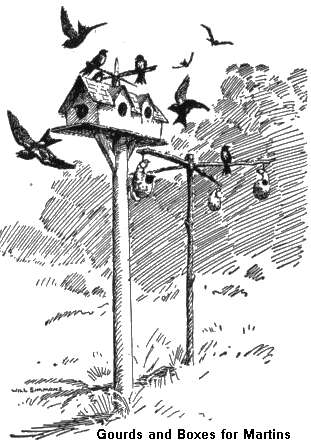
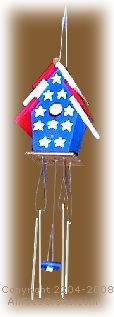
Leave a Reply